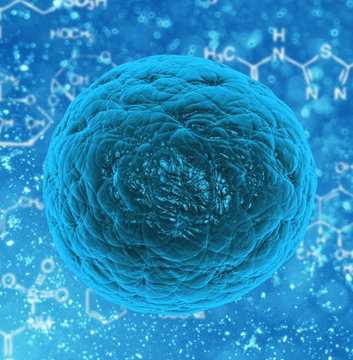
Some of the first recorded human autopsies are thought to have taken place in Egypt around 300 BCE, and throughout history medics, artists, philosophers and legal authorities have all taken inspiration or evidence from human and animal dissections. But while post-mortems remain relatively common, and are a legal requirement in many countries when a death is unexpected or suspicious, there has been a steep decline in hospital autopsies for research purposes over the past few decades. This is in part due to a misconception that, given the advances of modern technology, such apparently medieval practices are no longer useful. It is also a subject that makes many people squeamish – including, PEACE co-ordinators suggest, doctors and clinicians.
“When we were medical students, we used to go to the mortuary frequently to understand why patients died of that particular disease,” says Charles Swanton, one of the Crick’s leading cancer geneticists. “Now, I think there is a sort of view that we don’t need to know – that it’s not terribly important and it’s not going to tell us very much.”
As group leader of the Cancer Evolution and Genome Instability Lab, Swanton first broached the idea for PEACE during a conversation with his colleague, Mariam Jamal-Hanjani, in 2014. “I remember he walked into the lab late one night when I was still working and said ‘You should set up a patient autopsy’,” Jamal-Hanjani recalls. “I’d only just joined his lab and I thought ‘That’s a bit controversial’. But he’d planted the seed, and we just kept it going from there.”
It took several more conversations for the pair to convince their colleagues, but by November 2016 they had managed to gather the resources and ethical approval required for the study. “For decades, science and medicine had been waiting to be invigorated with new technologies,” Swanton says. “Probably part of the reason why nobody’s been terribly interested in studying death is because, until recently, we’ve lacked the means to probe it.”
One in two people will develop cancer in their lifetime, according to figures from Cancer Research UK. And while research has advanced in leaps and bounds in terms of finding drugs and improving our understanding of the disease, doctors still don’t know the answer to one of the biggest questions: why do patients die? “There is some degree of complacency,” says Jamal-Hanjani. “If a patient’s got lung cancer or any type of cancer and then they die … clinicians will presume that they have died of their cancer. But that’s really a failure on our part.”
“In patients with cancer, there are some obvious reasons,” Swanton says. “Organ failure comes into it, [or] if you’ve got a brain metastasis patients can develop blood clots. But there are many other, much more subtle causes of death we know next to nothing about.”
One interesting finding to come out of the PEACE study already is that the degree of cancer cells found within patients at death can vary by several million, demonstrating how some people’s bodies can live much longer than others when faced with tumour spread. A lung cancer patient, for example, may have a tumour containing between 100 and 300 million tumour cells at the point of diagnosis. By the time they die, that figure may have reached one trillion.
“But what we are finding is that some patients really don’t have much of the disease in their body at all, and so we really don’t know how they die,” says Swanton. “There may be complex metabolic syndromes going on, it could be immune failure – we just don’t know. And we hope that PEACE can start to illuminate some of these questions.”
